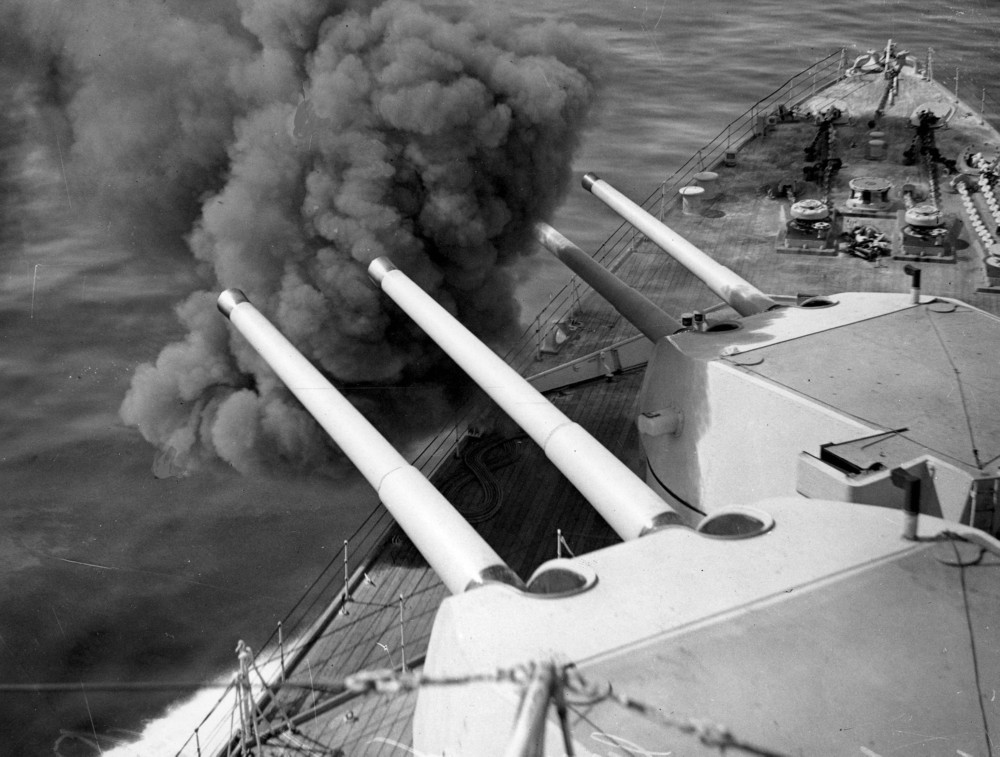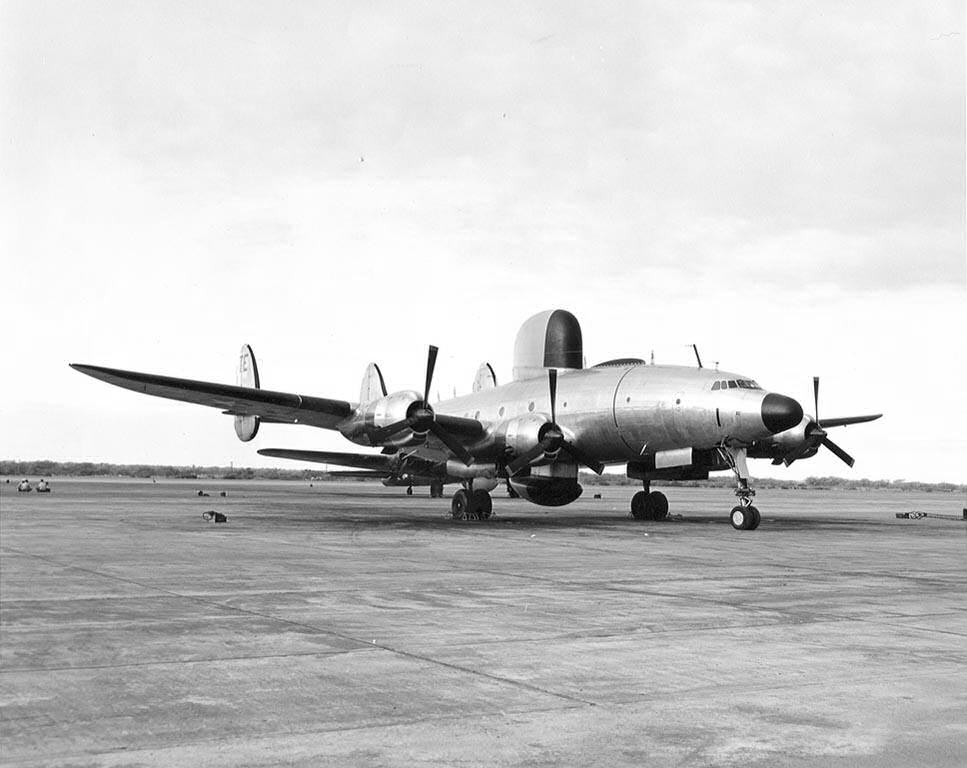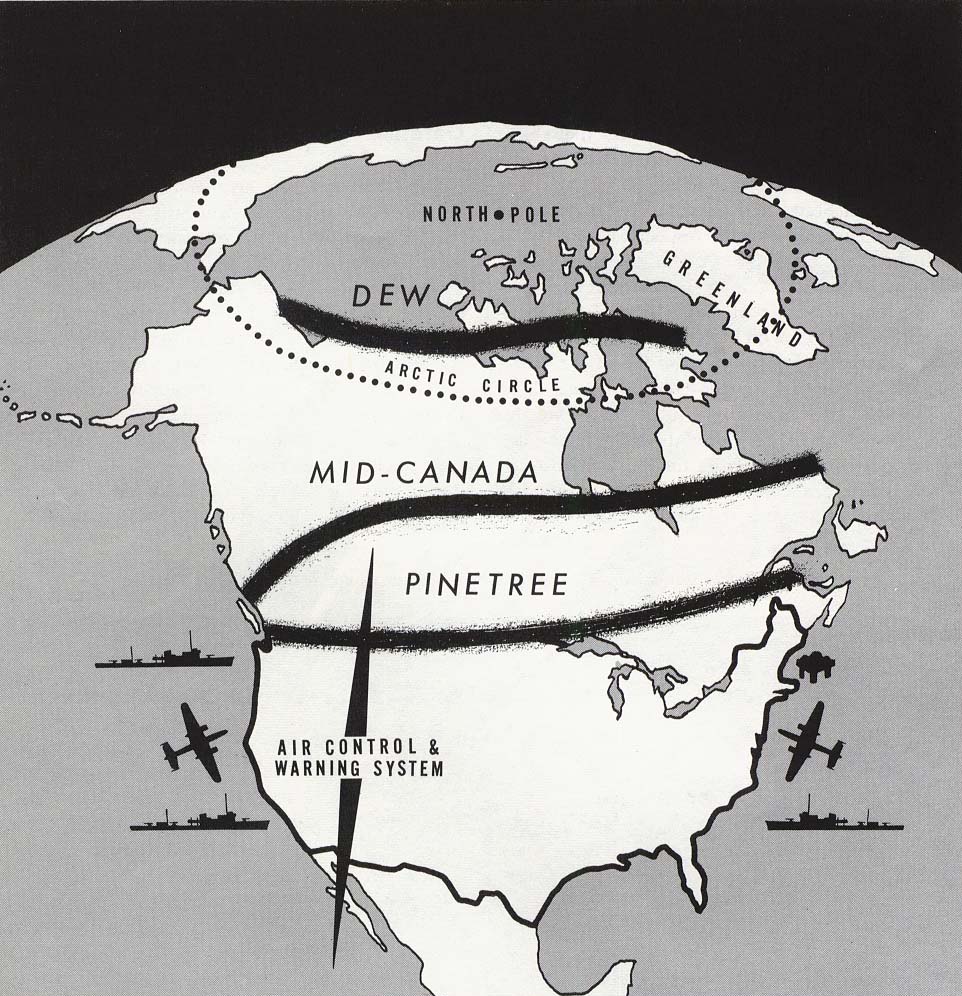|
Joseph Williams Vance Jr.
USS ''Vance'' (DE-387) was an ''Edsall''-class destroyer escort, named after Joseph Williams Vance, Jr. Namesake Joseph Williams Vance Jr. was born on 4 December 1918 in Memphis, Tennessee. He enlisted in the Naval Reserve on 26 July 1940 as an apprentice seaman. After serving at sea on the during the late summer and early fall, he was appointed midshipman on 22 November and reported to ''Prairie State'' (IX-15) for further training. Commissioned ensign on 28 February 1941, Vance joined in the Philippine Islands on 16 April. Soon after the Japanese attacked Pearl Harbor on 7 December (8 December west of the date line), ''Parrott'' joined the American-British-Dutch-Australian effort to stem the Japanese tide sweeping down from the north. During the 24 January 1942 Battle of Makassar Strait, Vance was in charge of the destroyer's 12-tube battery of 21-inch torpedo tubes—in effect the ship's "main battery." On 23 January, DesDiv 58 began a final approach to the town of Balikp ... [...More Info...] [...Related Items...] OR: [Wikipedia] [Google] [Baidu] |
Brown Shipbuilding
The Brown Shipbuilding Company was founded in Houston, Texas, in 1942 as a subsidiary of Brown and Root (now KBR) by brothers Herman and George R. Brown to build ships for the U.S. Navy during World War II. Brown Shipbuilding Company ranked 68th among United States corporations in the value of World War II military production contracts. In 1941, Navy officials asked the Brown brothers to build four submarine chasers. The brothers had no shipbuilding experience, but had helped build Naval Air Station Corpus Christi. In 1942, the brothers formed Brown Shipbuilding and, with $9 million in Navy funding, built the Green's Bayou Fabrication Yard at the juncture of the Houston Ship Channel and Green's Bayou. After delivering the ships, Brown received orders for landing craft and more sub chasers, and eventually won an order for destroyer escorts at $3.3 million per ship. Between May 1943 and August 1944, Brown turned out 61 destroyer escorts, an average of one per week. Perhaps the ... [...More Info...] [...Related Items...] OR: [Wikipedia] [Google] [Baidu] |
HMAS Canberra (D33)
HMAS ''Canberra'' (I33/D33), named after the Australian capital city of Canberra, was a Royal Australian Navy (RAN) heavy cruiser of the ''Kent'' sub-class of s. Constructed in Scotland during the mid-1920s, the ship was commissioned in 1928, and spent the first part of her career primarily operating in Australian waters, with some deployments to the China Station. At the start of World War II, ''Canberra'' was initially used for patrols and convoy escort around Australia. In July 1940, she was reassigned as a convoy escort between Western Australia, Sri Lanka, and South Africa. During this deployment, which ended in mid-1941, ''Canberra'' was involved in the hunt for several German auxiliary cruisers. The cruiser resumed operations in Australian waters, but when Japan entered the war, she was quickly reassigned to convoy duties around New Guinea, interspersed with operations in Malaysian and Javanese waters. ''Canberra'' later joined Task Force 44, and was involved in the Guadal ... [...More Info...] [...Related Items...] OR: [Wikipedia] [Google] [Baidu] |
EC-121
The Lockheed EC-121 Warning Star was an American airborne early warning and control radar surveillance aircraft operational in the 1950s in both the United States Navy (USN) and United States Air Force (USAF). The military version of the Lockheed L-1049 Super Constellation was used to serve as an airborne early warning system to supplement the Distant Early Warning Line, using two large radomes (a vertical dome above and a horizontal one below the fuselage). It replaced the TBM-3W used by the USN. Some EC-121s were also used for signal intelligence gathering. The EC-121 was introduced in 1954 and phased out in 1978, although a single specially modified EW aircraft remained in USN service until 1982. The USN versions when initially procured were designated WV-1 (PO-1W), WV-2, and WV-3. The USAF Warning Stars served during the Vietnam War both as electronic sensor monitors and as a forerunner to the Boeing E-3 Sentry AWACS. USAF aircrews adopted its civil nickname, "Connie" (d ... [...More Info...] [...Related Items...] OR: [Wikipedia] [Google] [Baidu] |
Operation Market Time
Operation Market Time was the United States Navy, Republic of Vietnam Navy and Royal Australian Navy operation begun in 1965 to stop the flow of troops, war material, and supplies by sea, coast, and rivers, from North Vietnam into parts of South Vietnam during the Vietnam War. Also participating in Operation Market Time were United States Coast Guard's Squadron One and Squadron Three. The U.S. Coast Guard operated under U.S. Navy command heavily armed patrol boats and large cutters that included 5-inch naval guns used in battle and gunfire support. Radar picket escort ships, based in Guam or Pearl Harbor, provided long-term presence at sea offshore to guard against trawler infiltration. Originally built for World War II convoy duty, and then modified for distant early warning ("DEW") duty in the North Atlantic, their sea keeping capability made them ideal for long-term presence offshore where they provided support for Patrol Craft Fast (PCF) boats, pilot rescue and sampan in ... [...More Info...] [...Related Items...] OR: [Wikipedia] [Google] [Baidu] |
F-100 Super Sabre
The North American F-100 Super Sabre is an American supersonic jet fighter aircraft that served with the United States Air Force (USAF) from 1954 to 1971 and with the Air National Guard (ANG) until 1979. The first of the Century Series of USAF jet fighters, it was the first USAF fighter capable of supersonic speed in level flight. The F100 was designed by North American Aviation as a higher-performance follow-on to the F-86 Sabre air-superiority fighter. Adapted as a fighter-bomber, the F-100 was superseded by the high-speed Republic F-105 Thunderchief for strike missions over North Vietnam. The F100 flew extensively over South Vietnam as the air force's primary close air-support jet until being replaced by the more efficient subsonic LTV A-7 Corsair II. The F100 also served in other NATO air forces and with other U.S. allies. In its later life, it was often referred to as the "Hun", a shortened version of "one hundred". Design and development In January 1951, North A ... [...More Info...] [...Related Items...] OR: [Wikipedia] [Google] [Baidu] |
Distant Early Warning Line
The Distant Early Warning Line, also known as the DEW Line or Early Warning Line, was a system of radar stations in the northern Arctic region of Canada, with additional stations along the north coast and Aleutian Islands of Alaska (see Project Stretchout and Project Bluegrass), in addition to the Faroe Islands, Greenland, and Iceland. It was set up to detect incoming bombers of the Soviet Union during the Cold War, and provide early warning of any sea-and-land invasion. The DEW Line was the northernmost and most capable of three radar lines in Canada and Alaska. The first of these was the joint Canadian-United States Pinetree Line, which ran from Newfoundland to Vancouver Island just north of the Canada–United States border, but even while it was being built there were concerns that it would not provide enough warning time to launch an effective counterattack. The Mid-Canada Line (MCL) was proposed as an inexpensive solution using bistatic radar. This provided a "trip w ... [...More Info...] [...Related Items...] OR: [Wikipedia] [Google] [Baidu] |
Reserve Fleet
A reserve fleet is a collection of naval vessels of all types that are fully equipped for service but are not currently needed; they are partially or fully decommissioned. A reserve fleet is informally said to be "in mothballs" or "mothballed"; an equivalent expression in unofficial modern US naval usage is "ghost fleet". In earlier times, especially in British usage, the ships were said to be "laid up in ordinary". Overview Such ships are held in reserve against a time when it may be necessary to call them back into service. They are usually tied up in backwater areas near naval bases or shipyards in order to speed the reactivation process. They may be modified for storage during such a period, for instance by having rust-prone areas sealed off or wrapped in plastic or, in the case of sailing warships, the masts removed. While being held in the reserve fleet, ships typically have a minimal crew (known informally as a skeleton crew) to ensure that they stay in somewhat usable co ... [...More Info...] [...Related Items...] OR: [Wikipedia] [Google] [Baidu] |
Prize Crew
A prize crew is the selected members of a ship chosen to take over the operations of a captured ship. Prize crews were required to take their prize to appropriate prize courts, which would determine whether the ship's officers and crew had sufficient cause to have the value of the prize awarded to them. In the Age of Sail and up into the American Civil War, capturing enemy ships was quite common. As a result, warships optimistically carried extra crew members for use as prize crews. More recently, as evidenced by results of sea battles during World War I and World War II, ships generally were sunk, not captured. If, however, a ship is captured, a prize crew would be selected from the winning ship's complement. Examples * See for prize crew and prize court example. * in 1939, SS ''City of Flint'' was captured by a German warship in the Atlantic and sailed to Norway. As Norway was neutral, the German prize crew were eventually interned and the vessel returned to her American own ... [...More Info...] [...Related Items...] OR: [Wikipedia] [Google] [Baidu] |
Casco Bay
Casco Bay is an inlet of the Gulf of Maine on the southern coast of Maine, New England, United States. Its easternmost approach is Cape Small and its westernmost approach is Two Lights in Cape Elizabeth. The city of Portland sits along its southern edge and the Port of Portland lies within. European discovery There are two theories on the origin of the name "Casco Bay". ''Aucocisco'' is the Abenaki name for the bay, which means 'place of herons' (sometimes translated as 'muddy'). The Portuguese explorer Estêvão Gomes, mapped the Maine coast in 1525 and named the bay "Bahía de Cascos" (Bay of Helmets, based on the shape of the bay). The first colonial settlement in Casco Bay was that of Capt. Christopher Levett, an English explorer, who built a house on House Island in 1623–24. The settlement failed. The first permanent settlement of the bay was named Casco; despite changing names throughout history, that settlement remains the largest city in the Casco Bay region, now ... [...More Info...] [...Related Items...] OR: [Wikipedia] [Google] [Baidu] |
German Submarine U-616
German submarine ''U-616'' was a Type VIIC U-boat built for Nazi Germany's '' Kriegsmarine'', for service during World War II. She was laid down on 20 May 1941 by Blohm & Voss, Hamburg as yard number 592, launched on 8 February 1942 and commissioned on 2 April 1942 under ''Oberleutnant zur See'' (''Oblt.z.S.'') Johann Spindlegger. On 8 October 1942, Spindlegger was replaced by ''Oblt.z.S.'' Siegfried Koitschka, who commanded her until she was sunk on 17 May 1944. Design German Type VIIC submarines were preceded by the shorter Type VIIB submarines. ''U-616'' had a displacement of when at the surface and while submerged. She had a total length of , a pressure hull length of , a beam of , a height of , and a draught of . The submarine was powered by two Germaniawerft F46 four-stroke, six-cylinder supercharged diesel engines producing a total of for use while surfaced, two Brown, Boveri & Cie GG UB 720/8 double-acting electric motors producing a total of for use while ... [...More Info...] [...Related Items...] OR: [Wikipedia] [Google] [Baidu] |
Hedgehog (weapon)
The Hedgehog (also known as an ''Anti-Submarine Projector'') was a forward-throwing anti-submarine weapon that was used primarily during the Second World War. The device, which was developed by the Royal Navy, fired up to 24 spigot mortars ahead of a ship when attacking a U-boat. It was deployed on convoy escort warships such as destroyers and corvettes to supplement the depth charges. As the mortar projectiles employed contact fuzes rather than time or barometric (depth) fuzes, detonation occurred directly against a hard surface such as the hull of a submarine making it more deadly than depth charges, which relied on damage caused by hydrostatic shockwaves. During WWII out of 5,174 British depth charge attacks there were 85.5 kills, a ratio of 60.5 to 1. In comparison, the Hedgehog made 268 attacks for 47 kills, a ratio of 5.7 to 1. Development The "Hedgehog", so named because the empty rows of its launcher spigots resembled the spines on the back of a hedgehog, was a repla ... [...More Info...] [...Related Items...] OR: [Wikipedia] [Google] [Baidu] |
Depth Charge
A depth charge is an anti-submarine warfare (ASW) weapon. It is intended to destroy a submarine by being dropped into the water nearby and detonating, subjecting the target to a powerful and destructive Shock factor, hydraulic shock. Most depth charges use explosive, high explosive charges and a fuze set to detonate the charge, typically at a specific depth. Depth charges can be dropped by ships, patrol aircraft, and helicopters. Depth charges were developed during World War I, and were one of the first viable methods of attacking a submarine underwater. They were widely used in World War I and World War II, and remained part of the anti-submarine arsenals of many navies during the Cold War, during which they were supplemented, and later largely replaced, by anti-submarine homing torpedoes. A depth charge fitted with a nuclear warhead is also known as a "nuclear depth bomb". These were designed to be dropped from a patrol plane or deployed by an anti-submarine missile from a s ... [...More Info...] [...Related Items...] OR: [Wikipedia] [Google] [Baidu] |






_underway_c1947.jpg)


